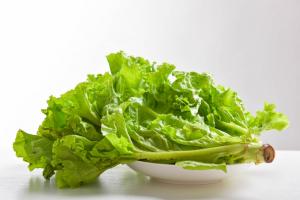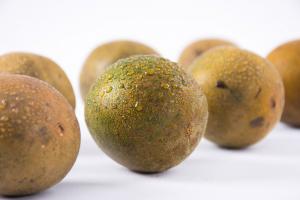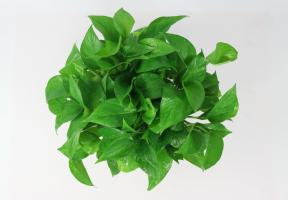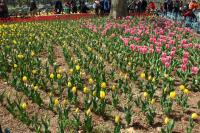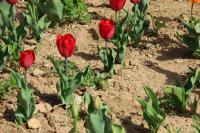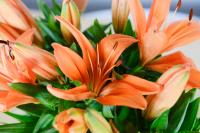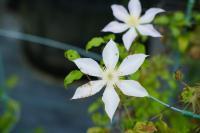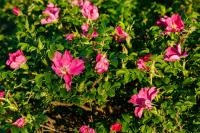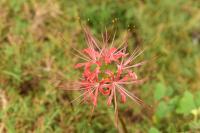1、 Divided into several types
Elm bonsai can generally be divided into stump bonsai and landscape bonsai. Elm is intertwined, vigorous and simple, with beautiful meaning and unique shape. Its leaves, branches and stems have certain ornamental value. It is an excellent material for making bonsai.

1. Stump Bonsai: it takes trees as the main material, emphasizes a natural beauty, and is made according to the natural growth law of plants. Therefore, elm has become the first choice for making stump bonsai. According to the natural growth trend and design characteristics of elm, it can be divided into straight dry type, horizontal dry type, inclined dry type, curved dry type, cliff type, attached stone type, vertical branch type and other shapes.
2. Landscape bonsai: due to the growth habit of elm, it is not suitable to make water bonsai, but it can be made into dry bonsai dominated by soil, stone and wood. According to different design concepts, different shapes of bonsai can be made to finally reflect the beauty of nature. The branches and stems of elm are vigorous and simple, with beautiful branches and leaves, which can well express the design connotation of natural beauty.
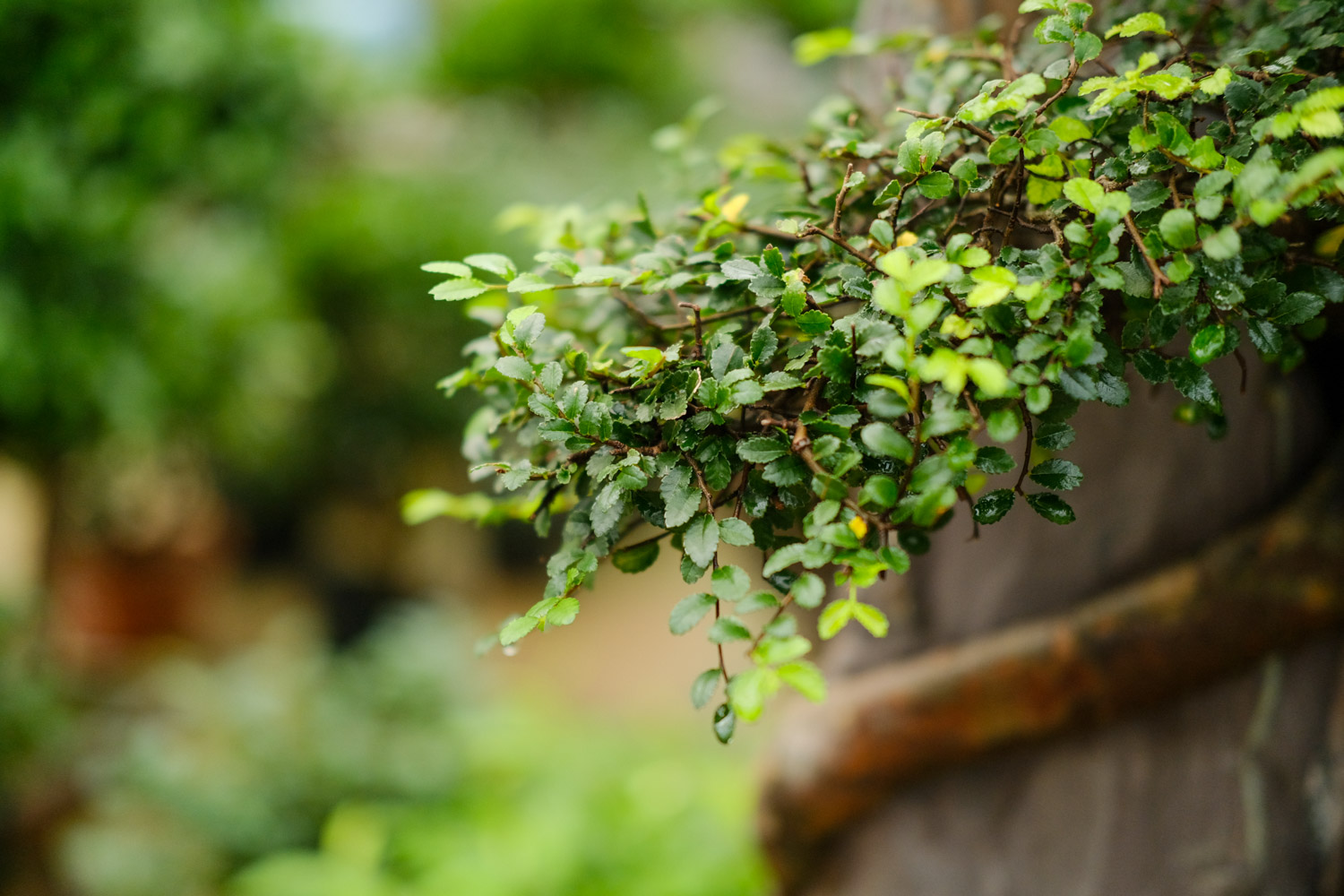
2、 What kind of elm is suitable for bonsai
There are many kinds of elms suitable for making bonsai. Common varieties include Alishan elm, white elm, long sequence elm, evergreen elm, vertical branch elm, spring elm, fruit elm, multi vein elm, bald big fruit elm, Harbin elm, dry elm, Hangzhou elm, black elm, red fruit elm, false spring elm, green elm, green elm, dragon claw elm, American elm, Shu elm, small fruit elm, ZUIWENG elm and so on.


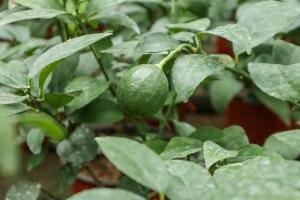 The efficacy and fun...
The efficacy and fun...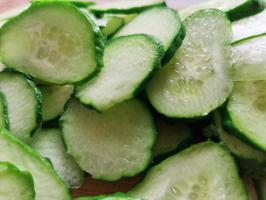 The efficacy and fun...
The efficacy and fun...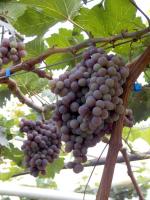 The benefits of eati...
The benefits of eati...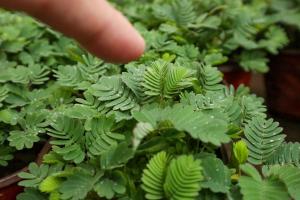 Why is Mimosa called...
Why is Mimosa called...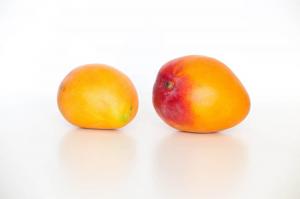 What can't mango be ...
What can't mango be ...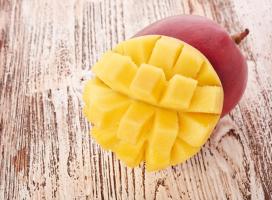 The efficacy and fun...
The efficacy and fun...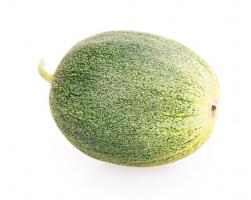 Is watermelon a frui...
Is watermelon a frui...




